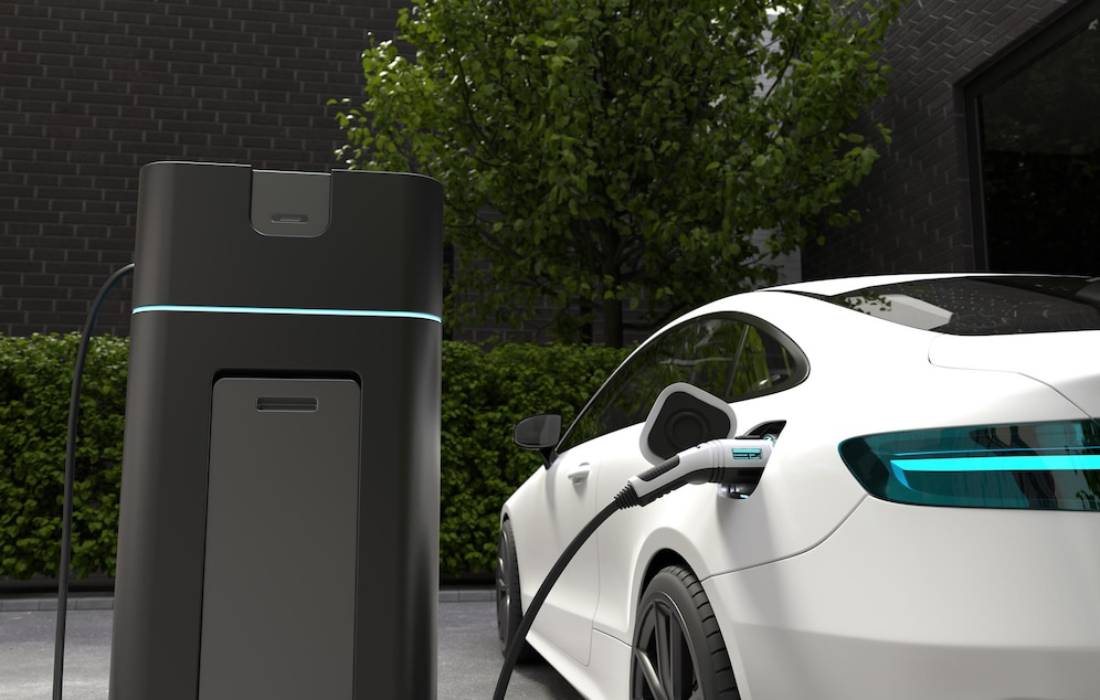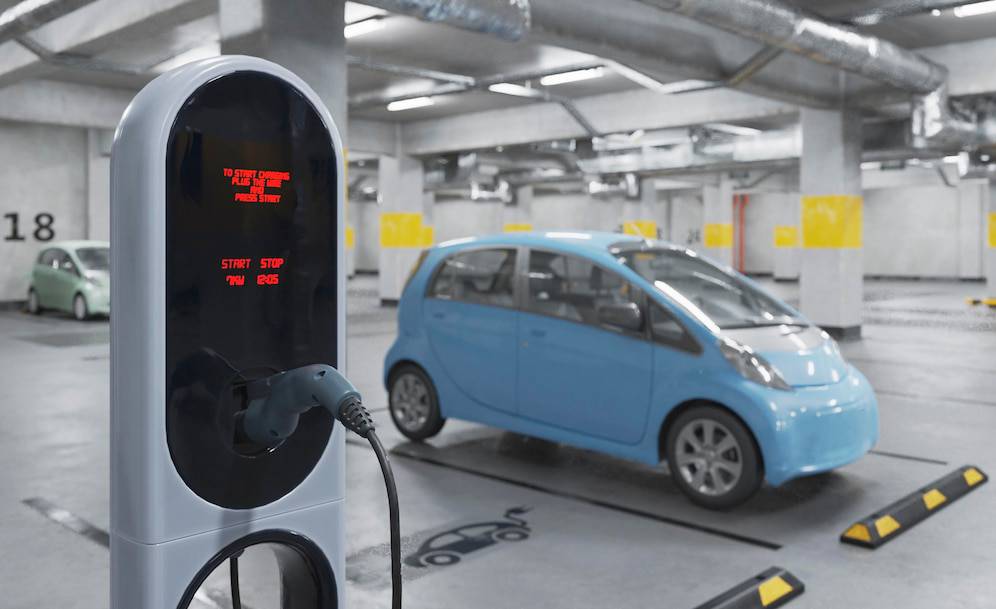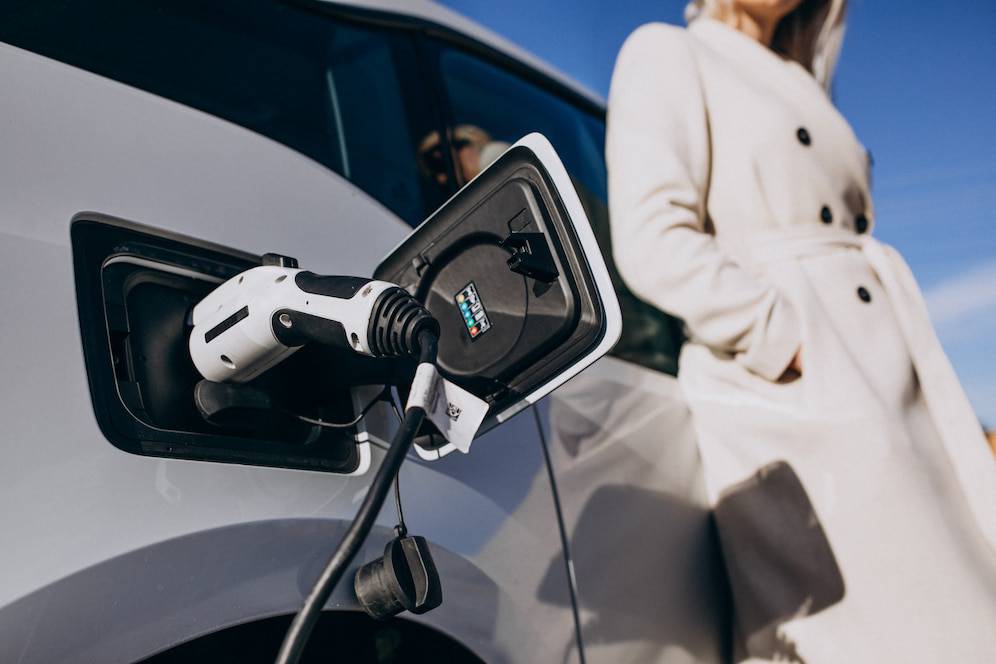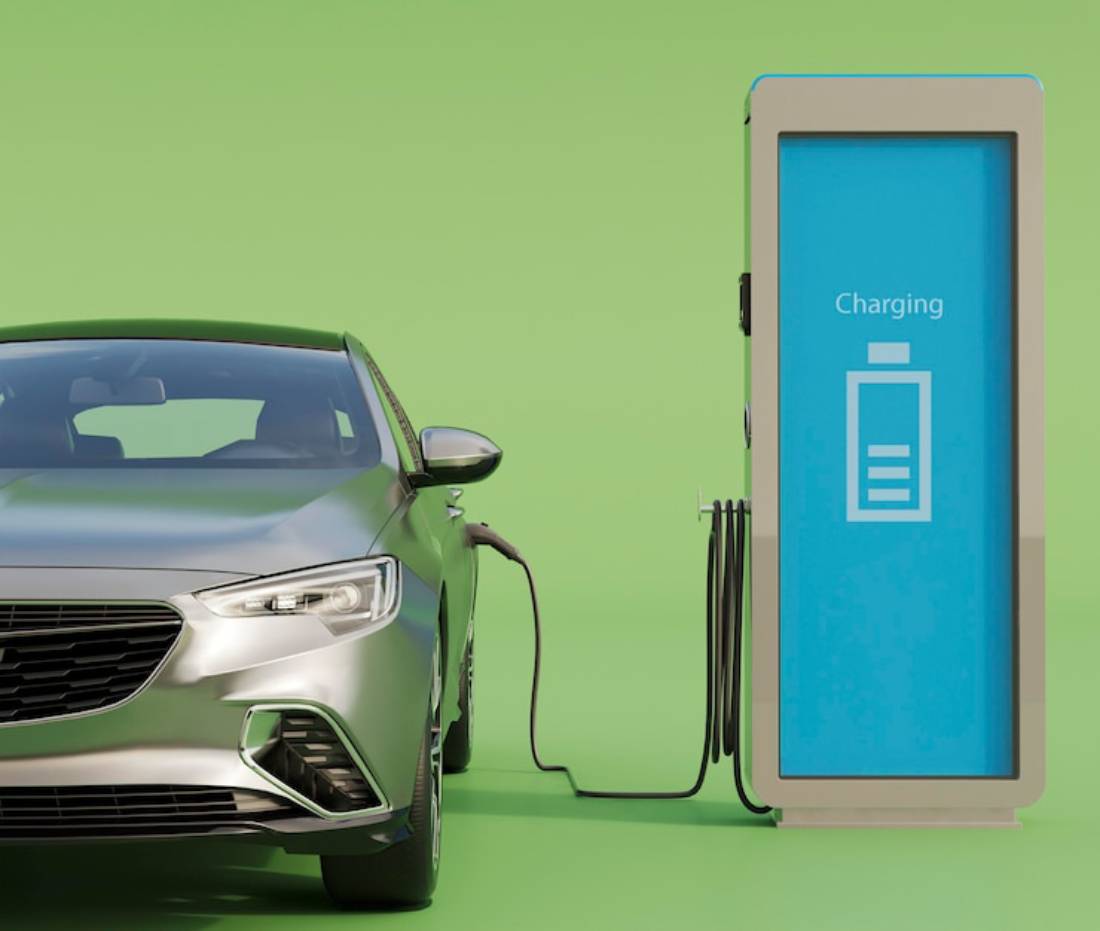
The Future of Electric Cars: What to Expect by 2030
The electric vehicle (EV) industry is revving up for a transformative ride. Technology is advancing fast. Infrastructure is improving, and more people are adopting new vehicles. We are close to an automotive revolution. By 2030, new EV innovations and supportive government policies will change transportation. Also, consumer demand for sustainable options will play a big role.
The global automotive arena is pivoting away from internal combustion engine (ICE) vehicles. Governments worldwide are firing the starting gun on ambitious targets to phase out petrol and diesel cars. As emissions rules tighten and fuel prices climb, EVs are becoming the top choice. With better battery tech, many people now prefer electric vehicles.
This article steers through the future of electrification by 2030. Let’s explore the exciting rise of the EV industry. We’ll look at new technologies and what drivers can expect in the next ten years. Buckle up; the journey is just beginning!
The Growth of the Electric Car Industry

Rising EV Adoption Rates
The electric car industry will grow quickly. This growth comes from more consumer awareness, better battery technology, and government incentives. According to market projections:
- Global EV sales are expected to surpass 40 million units annually by 2030, accounting for over 50% of all new vehicle sales worldwide.
- Some leading markets, including China, the European Union, and the United States, are expected to reach 70-80% EV adoption by the decade’s end.
- Norway and the Netherlands plan to completely phase out internal combustion engine (ICE) vehicles. They set a strong example for other countries.
- Developing countries will see big growth in EV adoption. This will happen as battery costs go down and infrastructure gets better.
Government Policies and Incentives
Many governments are playing a crucial role in the EV transition by:
- Implementing subsidies and tax credits for EV buyers.
- Set zero-emission vehicle (ZEV) mandates. This requires auto manufacturers to sell a certain percentage of electric or hybrid vehicles.
- Investing in public EV charging networks to eliminate range anxiety.
For example, the European Union’s Fit for 55 plan aims to cut CO2 emissions by 55% by 2030, significantly boosting EV adoption. Similarly, the United States’ Inflation Reduction Act has introduced tax incentives to make EVs more affordable for consumers.
Next-Gen EV Technology Innovations

Advances in Battery Technology
Battery technology is at the core of EV innovation. By 2030, the industry will see:
- Solid-state batteries replace traditional lithium-ion batteries, offering greater energy density, longer lifespan, and faster charging times.
- Silicon anode batteries can store up to 50% more energy than conventional graphite anode batteries.
- Recyclable and sustainable battery materials reduce the environmental impact of EV production.
Battery recycling is another critical area of development. Companies like Redwood Materials and Tesla are working to create a closed-loop battery economy, where materials from old EV batteries are extracted and reused to build new ones, significantly reducing reliance on mining.
Fast and Wireless Charging Solutions

Charging infrastructure will see dramatic improvements, with:
- Ultra-fast charging stations, capable of charging an EV up to 80% in under 10 minutes.
- Wireless EV charging makes it easy. You just park in the right spot, and you’re charged—no cables needed.
- Bidirectional charging lets EVs send power back to homes and the grid. This is known as Vehicle-to-Grid (V2G) technology.
By 2030, we might have solar-integrated EVs. These cars will have solar panels built in. They can charge themselves while parked or even when driving.
Autonomous and AI-Driven Vehicles
By 2030, artificial intelligence (AI) and automation will be deeply integrated into EVs:
- Full self-driving (FSD) tech will be common in premium EVs. It will enable fully autonomous driving in both cities and on highways.
- AI-driven predictive maintenance boosts vehicle efficiency by spotting problems early.
- Advanced driver-assistance systems (ADAS) will reduce accidents and improve road safety.
AI will help optimise EV energy use. It ensures vehicles use the least power needed for each trip.
The Future EV Market: What to Expect
More Affordable and Diverse EV Models
- Cheaper EVs: Battery costs are expected to drop below $50/kWh, making EVs cheaper than petrol cars.
- More choices: Consumers will enjoy a wider selection, including electric SUVs, pickup trucks, and compact EVs for the city.
- Second-hand EV market growth: As first-generation EVs hit resale markets, prices will drop. This means more consumers can afford EVs.
Expansion of Charging Infrastructure
- Public charging points worldwide will surpass 20 million, which means more people will be able to easily access charging facilities.
- Solar-powered and off-grid charging stations will expand EV access in remote areas.
- V2G technology lets cars store and supply electricity. This could help EV owners earn money by selling stored energy back to the grid when demand is high.
Challenges and Potential Roadblocks
While the future of EVs is promising, several challenges must be addressed:
Battery Raw Material Supply
- Demand for lithium, cobalt, and nickel will likely rise sharply. This could cause supply shortages and drive up costs.
- Companies are putting money into new battery types and greener mining methods to tackle this problem.
Charging Infrastructure Gaps
- Rural and underdeveloped areas still lack sufficient charging networks, slowing adoption.
- Governments and private companies must work together to expand fast-charging infrastructure worldwide.
Consumer Awareness and Adoption Hurdles
- Some consumers worry about range anxiety. They fear that EVs won’t have enough mileage for long trips.
- Learning about EVs and hands-on experience will help change how people see them. This can lead to higher adoption rates.
Conclusion
By 2030, electric vehicles will reign supreme on the automotive scene. Powered by cutting-edge technology and savvy government policies, this shift is roaring ahead. With a wave of consumer enthusiasm, the tide of change is undeniable. Exciting innovations like solid-state batteries and AI systems are shaping the future of EVs. The road ahead is exciting. It will change how we drive in amazing ways.. They promise better efficiency, lower costs, and a greener planet.
Let’s fully embrace the shift to an all-electric future now! Together, we can forge a greener and smarter transportation network for generations to come. The road ahead is full of innovation. The next decade will change mobility as we know it.
Are you ready for the future of EVs? Let us know your thoughts and how you see this transformation unfolding!


